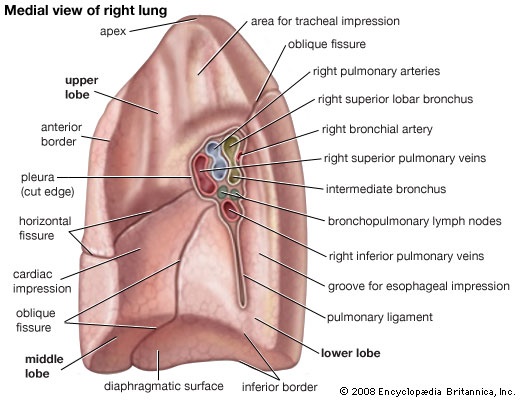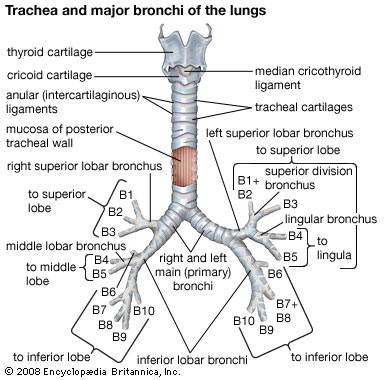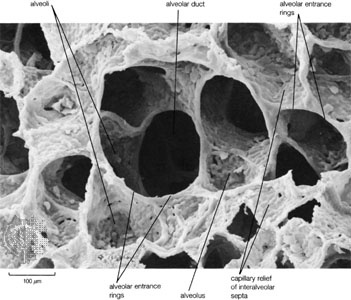lung
Chinese dragon
Pinyin Long
(Chinese: “dragon”), in Chinese mythology, a type of majestic beast that dwells in rivers, lakes, and oceans and roams the skies. Originally a rain divinity, the Chinese dragon, unlike its malevolent European counterpart (see dragon), is associated with heavenly beneficence and fecundity. Rain rituals as early as the 6th century BC involved a dragon image animated by a procession of dancers; similar dances are still practiced in traditional Chinese communities to secure good fortune.
Ancient Chinese cosmogonists defined four types of dragons: the Celestial Dragon (T'ien Lung), who guards the heavenly dwellings of the gods; the Dragon of Hidden Treasure (Fu Tsang Lung); the Earth Dragon (Ti Lung), who controls the waterways; and the Spiritual Dragon (Shen Lung), who controls the rain and winds. In popular belief, only the latter two were significant; they were transformed into the Dragon Kings (Lung Wang), gods who lived in the four oceans, delivered rain, and protected seafarers.
Generally depicted as a four-legged animal with a scaled, snakelike body, horns, claws, and large, demonic eyes, the lung was considered the king of animals, and his image was appropriated by Chinese emperors as a sacred symbol of imperial power.
anatomy
 in air-breathing vertebrates, either of the two large organs of respiration located in the chest cavity and responsible for adding oxygen to and removing carbon dioxide from the blood. In humans each lung is encased in a thin membranous sac called the pleura, and each is connected with the trachea (windpipe) by its main bronchus (large air passageway) and with the heart by the pulmonary arteries. The lungs are soft, light, spongy, elastic organs that normally, after birth, always contain some air. If healthy, they will float in water and crackle when squeezed; diseased lungs sink.
in air-breathing vertebrates, either of the two large organs of respiration located in the chest cavity and responsible for adding oxygen to and removing carbon dioxide from the blood. In humans each lung is encased in a thin membranous sac called the pleura, and each is connected with the trachea (windpipe) by its main bronchus (large air passageway) and with the heart by the pulmonary arteries. The lungs are soft, light, spongy, elastic organs that normally, after birth, always contain some air. If healthy, they will float in water and crackle when squeezed; diseased lungs sink.
 In the inner side of each lung, about two-thirds of the distance from its base to its apex, is the hilum, the point at which the bronchi, pulmonary arteries and veins, lymphatic vessels, and nerves enter the lung. The main bronchus subdivides many times after entering the lung; the resulting system of tubules resembles an inverted tree. The diameters of the bronchi diminish eventually to less than 1 mm (0.04 inch). The branches 3 mm and less in diameter are known as bronchioles, which lead to minute air sacs called alveoli (see pulmonary alveolus), where the actual gas molecules of oxygen and carbon dioxide are exchanged between the respiratory spaces and the blood capillaries.
In the inner side of each lung, about two-thirds of the distance from its base to its apex, is the hilum, the point at which the bronchi, pulmonary arteries and veins, lymphatic vessels, and nerves enter the lung. The main bronchus subdivides many times after entering the lung; the resulting system of tubules resembles an inverted tree. The diameters of the bronchi diminish eventually to less than 1 mm (0.04 inch). The branches 3 mm and less in diameter are known as bronchioles, which lead to minute air sacs called alveoli (see pulmonary alveolus), where the actual gas molecules of oxygen and carbon dioxide are exchanged between the respiratory spaces and the blood capillaries.Each lung is divided into lobes separated from one another by a tissue fissure. The right lung has three major lobes; the left lung, which is slightly smaller because of the asymmetrical placement of the heart, has two lobes. Internally, each lobe further subdivides into hundreds of lobules. Each lobule contains a bronchiole and affiliated branches, a thin wall, and clusters of alveoli.
In addition to respiratory activities, the lungs perform other bodily functions. Through them, water, alcohol, and pharmacologic agents can be absorbed and excreted. Normally, almost a quart of water is exhaled daily; anesthetic gases such as ether and nitrous oxide can be absorbed and removed by the lungs. The lung is also a true metabolic organ. It is involved in the synthesis, storage, transformation, and degradation of a variety of substances, including pulmonary surfactant, fibrin, and other functionally diverse molecules (i.e., histamine, angiotensin, and prostaglandins).
A person not engaged in vigorous physical activity uses only about one-twentieth of the total available gaseous-exchange surface of the lung. pressure inside the lungs is equal to that of the surrounding atmosphere. The lungs always remain somewhat inflated because of a partial vacuum between the membrane covering the lung and that which lines the chest. Air is drawn into the lungs when the diaphragm (the muscular portion between the abdomen and the chest) and the intercostal muscles contract, expanding the chest cavity and lowering the pressure between the lungs and chest wall as well as within the lungs. This drop in pressure inside the lungs draws air in from the atmosphere.
The lungs are frequently involved in infections and injuries. Some infections can destroy vast areas of a lung, rendering it useless. Inflammation from toxic substances, such as tobacco smoke, asbestos, and environmental dusts, can also produce significant damage to the lung. Healed lung tissue becomes a fibrous scar unable to perform respiratory duties. There is no functional evidence that lung tissue, once destroyed, can be regenerated.
- jaeger
- Jaeger, Hans Henrik
- Jaeren
- Jafar Sharif-Emami
- Jaffee, Irving
- Jaffna
- Jagan, Cheddi
- Jagannātha
- Jagdalpur
- Jagersfontein
- Jaghbūb, Al-
- Jagiellon dynasty
- Jagjivan Ram
- Jagr, Jaromir
- jaguar
- Jaguaribe River
- jaguarundi
- Jahaic languages
- Jahannam
- Jahn, Friedrich Ludwig
- Jahn, Helmut
- Jahra, al-
- Jahwarid dynasty
- Jahāngīr
- Jahān Shāh